Christine Roth Unveils Bayer Oncology’s Plan for the Next Ten Years
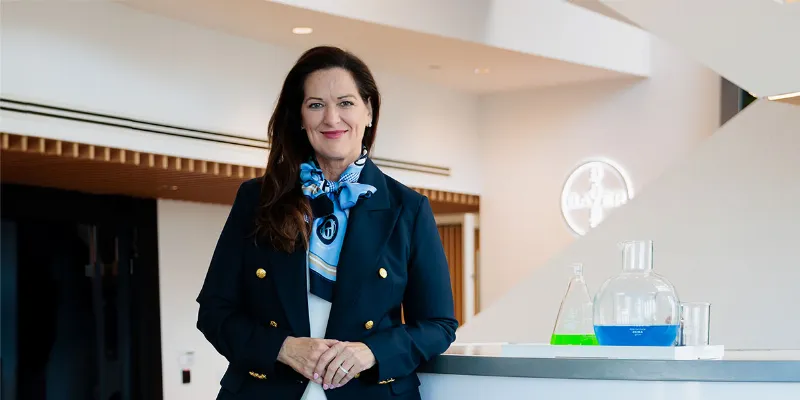
15 February 2024
In an exclusive interview with ONCOLife, Christine Roth, Executive Vice President at Bayer Oncology, shares the company’s targeted strategy on small molecules and radiopharmaceuticals, with a specific focus on gastrointestinal and prostate cancers. Roth emphasized Bayer’s aim to be a global oncology leader, with plans to expand indications for existing medicines and advance early pipeline candidates, focusing on four key cancer areas over the next decade.
How does Bayer position itself in the oncology market, and which areas does it prioritize? Could you provide information about your significant achievements, particularly in the last five years?
Christine Roth: Our current global product portfolio is focused primarily on small molecules and radiopharmaceuticals with an emphasis on treatments for gastrointestinal and prostate cancers.
Click the picture to view the PDF version: Pg 16-19.
We are committed to developing drugs that deliver new treatment options for patients with unmet needs, including more targeted options to reduce exposure to treatments that are not as likely to provide benefit or can spare them unnecessary side effects. Geographically, we have a strong footprint with presence in all key markets such as the US, EU, China and Japan.
In the past five years, we have delivered innovations in new drugs, like NUBEQA® (darolutamide), our key portfolio growth driver in prostate cancer. NUBEQA® is well on its way to becoming the preferred androgen receptor inhibitor (ARi) across the continuum of prostate cancer treatment with our two indications both in non-metastatic and metastatic hormone-sensitive prostate cancer. We have had a very successful global launch and NUBEQA® is the fastest growing ARi in most major markets.
We are also proud of our collaborations with regulatory agencies on precedent-setting paradigms in the spirit of accelerating approval of new medicines, especially for patients with less common cancers. For example, VITRAKVI® was one of the first medicines approved with a solid tumor “tissue-agnostic” label, meaning that as long as the cancer tests positive for a specific marker (NTRK gene fusion), VITRAKVI® can be used in children and adults if there are no acceptable treatment options including surgery, or if the cancer has spread after initial therapy.
This saved significant development time for patients who had few treatment options. And for our newest indication for NUBEQA®, we participated in two FDA pilot programs; the Real-Time Oncology Review, which streamlines data submission prior to filing the entire submission, and Project ORBIS, which provides a framework for concurrent submission and review among international partners. Both of these projects can help reduce the time and effort required for agencies to approve submissions, meaning faster access for patients.
Can you describe the current focus of Bayer Oncology’s clinical research and its alignment with the evolving needs of cancer treatment?
Christine Roth: Prostate can-cer is a key focus area for Bayer. It is the second most diagnosed cancer in men, and we seek to build upon our two approved agents, NUBEQA® and XOFIGO® (Ra223 dichloride) to become a global leader in the field. We have a broad development program ongoing for Nubeqa with the aim to establish it as a standard of care for prostate cancer patients from the early- to the late-stage.
For example, there are two Phase III clinical development programs underway. The ARANOTE® trial seeks to expand its use of NUBEQA by providing treatment options in the metastatic hormone-sensitive setting without concomitant chemotherapy. We are looking forward to seeing results in the first half of this year. The ARASTEP® trial studies patients who have no evidence of metastatic disease, but their PSA level doubled less than 1 year after primary treatment.
In this study we are including an imaging technique (PSMA PET) which is the emerging standard of care, to detect patients whose disease is starting to progress but would otherwise not be detected by traditional imaging. And we are building on position as a trailblazer in radiopharmaceuticals with a broad development program for XOFIGO® and exciting new programs in our early pipeline. There are also early programs investigating new treatments for breast and lung cancers, using new modalities to develop more targeted treatments that are kinder and gentler for patients.
What do you perceive as key challenges and opportunities in the global market?
Christine Roth: At Bayer, we recognize the impact cancer has on patients on a global scale – cancer incidence is expected to increase exponentially by 69% by 2030. The challenges are many, from addressing disparities in cancer care delivery to avoiding the additive toxicities of combination regimens that can provide additional efficacy, but are harder for patients to tolerate. And we will need more innovative thinking to ensure all this incredible innovation is accessible to patients. So there is still much work to be done to help the more than 50 million people living with cancer around the world.
How does Bayer’s approach to collaborations and acquisitions enhance its pipeline?
Christine Roth: At Bayer we rely on both internal and external approaches to innovation. In addition to our well-established research and development capabilities, we have recently ac-quired three new ‘platform’ biotech companies that we operate at arms-length so they can continue their fast-paced, entrepreneurial approach to discovery and early development.
For example, with our acquisition of Vividion Therapeutics, we strengthened our drug discovery capabilities with their cutting-edge chemoproteomics platform. The aim here is to find ways to create new drugs for targets that were previously thought to be ‘undruggable’.
The first asset to enter Phase I is the investigational oral Kelch-like ECH Associated Protein 1 (KEAP1) activator that entered the clinic in September of last year. This is a first-in-class clinical candidate, aimed to target cancers with activation of the KEAP1-NRF2 pathway. In addition to these platform companies, we continue our robust collaboration with leading academic centers and cooperative groups around the world.
How is Bayer’s commitment to personalized medicine influencing its drug development strategies?
Christine Roth: Recent major investments (e.g. Bayer Research and Innovation Center in Cambridge, MA) and our rene-wed collaboration with the Broad Institute illustrate our ongoing commitment to precision molecular oncology and pursuing the next generation of immuno-oncology targets.
As we make decisions about which candidates progress in-to the clinic, we conduct a robust assessment of biomarkers to help screen for patients who are most likely to benefit. And we are committed to exploring a range of potential doses, to find the right balance of efficacy and patient tolerability early in the process, so we take the best dosing option into our registrational studies. Together, these strategies help match the right drug to the right patient at the right dose, sparing patients unnecessary treatment or toxicity.
What steps is Bayer taking to ensure the affordability and accessibility of its new cancer treatments globally?
Christine Roth: Bayer is committed to multiple strategies to ensure patients around the world have access to our innovation. It starts with ensu-
ring more diversity in our clinical trial recruitment which can broaden access of our medicines to underrepresented patient groups. And we spend our research dollars on areas of the highest unmet need - rather than pursuing yet another member of an existing drug class.
We engage with regulatory agencies to help reduce the burden of the review process for smaller countries through engagement with pilots like Project ORBIS®. And we negotiate in good faith for fair pricing for our innovation. Our overall commitment to this area was recently recognized by Access To Medicines Index, which placed Bayer among the top ten companies for their latest assessment.
What are Bayer’s strategic goals for oncology sector over the next 10 years, and how do you plan to achieve them?
Christine Roth: Bayer aims to become a top oncology company in the next decade by focusing the approaches mentioned throughout our discussion. Reaching this goal will require expanding the indications for our approved medicines and continuing to accelerate our early pipeline candidates into full clinical development.
We will balance the majority of our efforts across 4 key areas: Gastrointestinal, Genitourinary, Lung, and Breast cancers. And most importantly, we will continue to invest in our great oncology talent, from scientists to customer-facing people who all play a role in developing the next wave of innovation and delivering it to patients. It is their passion, purpose, and dedication that make Bayer such a wonderful place to work! I am honored to lead such an extraordinary group.


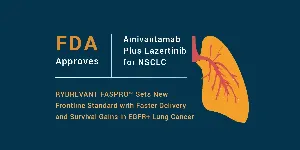
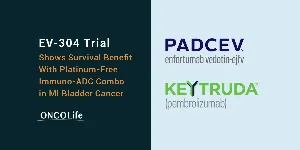

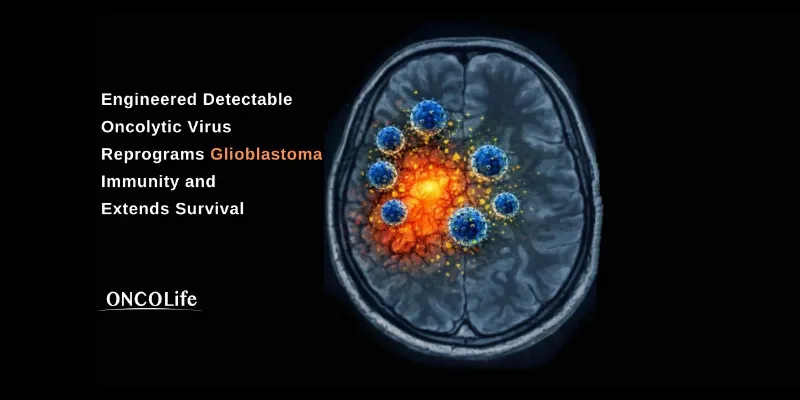
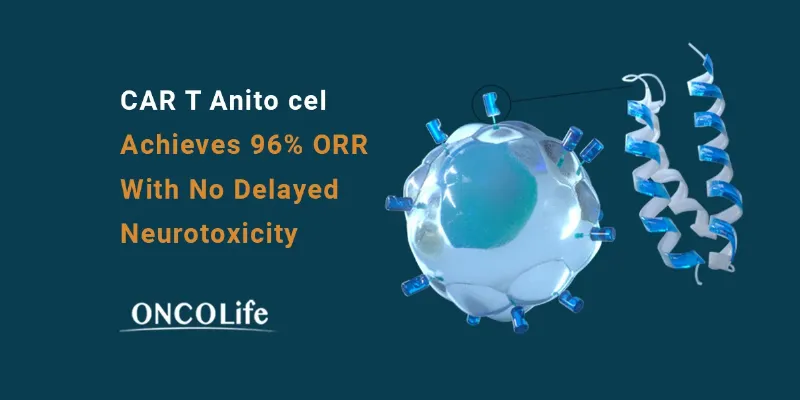
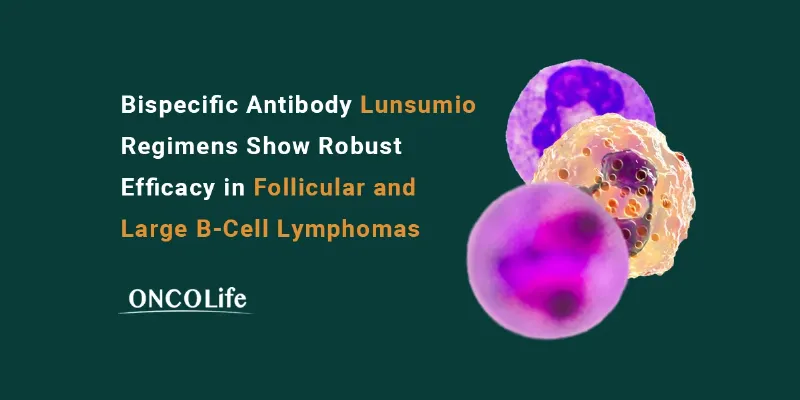



Comments
No Comments Yet!